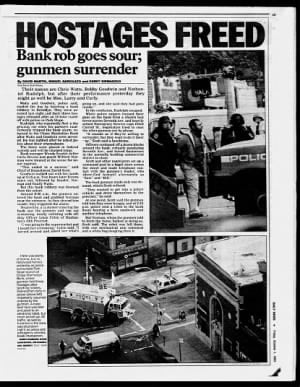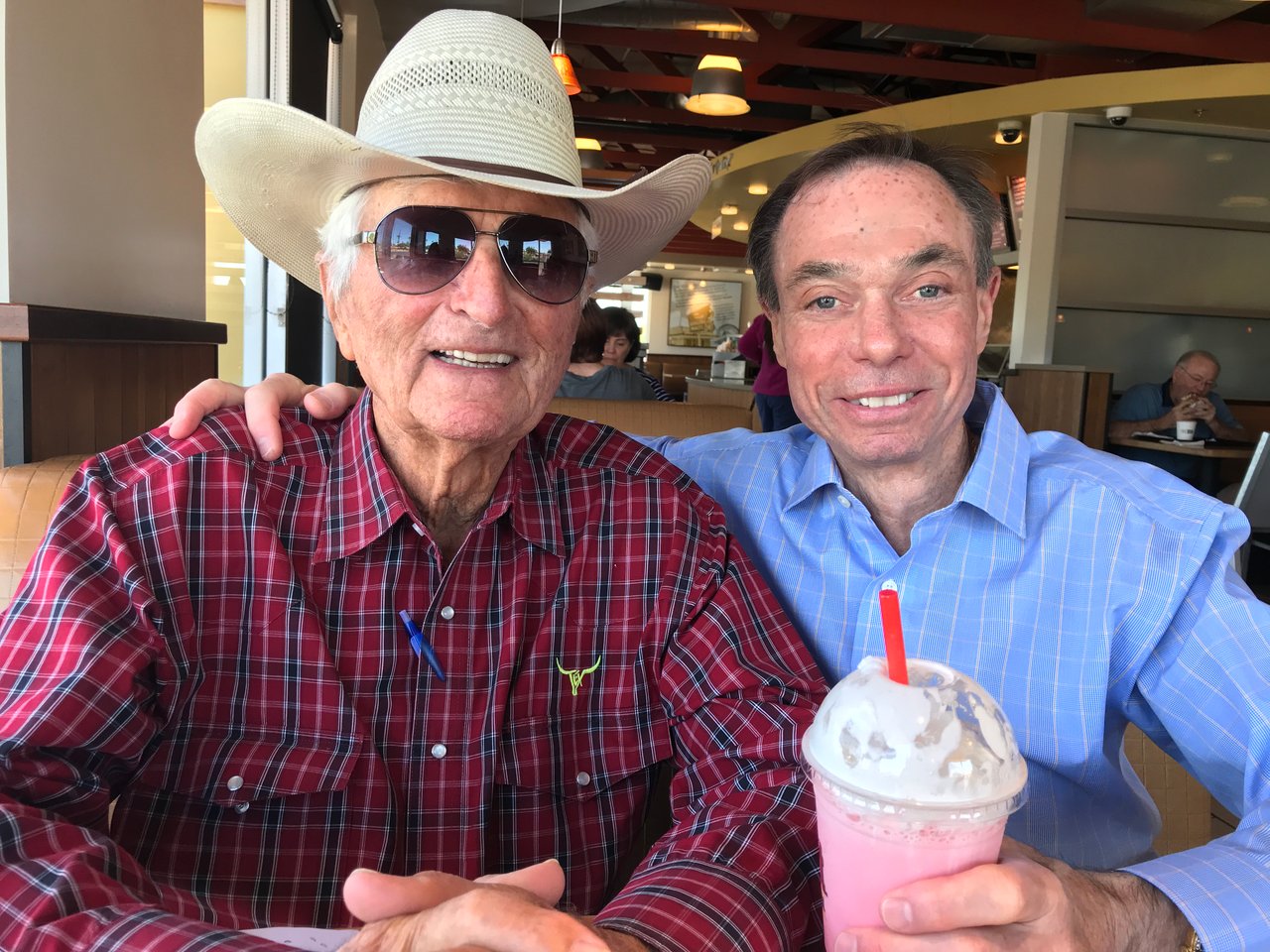Feb 19, 2025
It was his first hostage situation, a life-and-death negotiation to save the lives of three people being held at gunpoint inside a Chase Manhattan Bank in New York. If he succeeded, two women and a man would live. If he failed, those innocent souls would pay the ultimate price.
Chris Voss, a newly trained FBI hostage negotiator, had been prepared for moments like this. But theory and training are one thing—being on the phone with a desperate criminal holding hostages is another. The stakes couldn’t have been higher.
My wife, Teresa, is taking an advanced negotiation course from Chris Voss. When she shared the story of Chris’s first hostage negotiation, I was captivated. Here’s what happened that day in New York—and what you can learn from it.
The Standoff at Chase Manhattan Bank
In 1993, two armed robbers entered a Chase Manhattan Bank in Brooklyn, intending to make a quick getaway. But things didn’t go as planned, and within minutes, they found themselves surrounded by NYPD officers and FBI agents. Three hostages were trapped inside, and the situation quickly escalated.
Voss was assigned as the secondary negotiator, initially meant to support the lead detective by passing notes and helping analyze the situation. However, after hours of fruitless conversation, the NYPD lieutenant made a bold call: He pulled the lead negotiator and put Voss in charge of the negotiation.
Thrown into the fire, Voss had no time to hesitate. He relied on his training, instincts, and the negotiation principles that would later define his career.
Negotiation Strategies from a Hostage Standoff
1. Control the Conversation by Controlling How It Ends
One of the first things Voss leveraged in this negotiation was the power of controlling the end of every interaction. The lieutenant instructed him that no matter what, he had to be the one to close each call, not the hostage-taker.
Why? Because whoever ends the conversation controls the direction of the next one. If the criminal hung up first, he would set the tone. But if Voss controlled the goodbye, he could dictate the next step.
Negotiation Takeaway: In any business deal, sales pitch, or tough conversation, be the last to speak. Ending on your terms keeps you in the driver’s seat and allows you to frame what comes next.
2. The Power of Using Someone’s Name
One of Voss’s key tactical strategies was using the criminals’ real names early in the conversation. The FBI had run the getaway van’s license plate and identified one of the hostage-takers. When Voss subtly dropped his name into the conversation, the criminal was rattled.
Why did this work? Because being identified made him feel vulnerable. Suddenly, he was no longer a faceless criminal—he was a known individual, and the police had the upper hand.
Negotiation Takeaway: In any negotiation, people respond emotionally to hearing their name. It creates familiarity and personalizes the conversation. Whether you’re closing a deal or resolving a dispute, consistently using someone’s name can shift the power dynamic in your favor.
3. Mirroring: The Subtle Way to Gain Control
As Voss navigated the tense situation, he instinctively used a technique that would later become a signature part of his negotiation playbook: mirroring.
Instead of responding with counterarguments or demands, he simply repeated the last few words of the hostage-taker’s statements and asked them to elaborate. For example:
Hostage-taker: “We’re not coming out unless we get a car.”
Voss: “A car?”
This prompted the criminal to keep talking, revealing more information about his intentions and mental state.
Negotiation Takeaway: Mirroring is a simple yet powerful way to keep the other party talking. It makes them feel heard while subtly leading them to reveal crucial details that can help you navigate the negotiation in your favor.
4. Show Empathy—Not Sympathy
One of the most counterintuitive lessons from this standoff was the distinction between empathy and sympathy.
Empathy means understanding how someone feels and seeing things from their perspective. Sympathy, on the other hand, is feeling sorry for them.
Voss knew that showing empathy without conceding power was critical. He acknowledged the hostage-takers’ frustration, their fear, and their desire for control, but he never made it seem like he was on their side. Instead, he used tactical empathy to build rapport and slowly guide them toward surrender.
Negotiation Takeaway: Acknowledging and showing empathy for the other party’s position, without conceding that you agree, positions you as a problem solver, empowering you to subtly sell your solution.
5. Advocate Self-Preservation
In the final moments, Voss appealed to the criminals’ self-preservation, which means being perceived as trying to make their situation better by doing what you ask. Voss told the criminals that nobody had yet been harmed and no money had been taken from the bank. Therefore, the best thing they could do would be to end it now so that any punishment would be minimal.
Negotiation Takeaway: Presenting what you want to achieve in a way that is perceived as making the other party’s situation better increases the likelihood of negotiation success.
Applying These Lessons
Negotiation is about influencing outcomes in your favor. Whether with a spouse, a child, or making a sale, I hope these five FBI-tested negotiating strategies help you walk away with a winning result.




